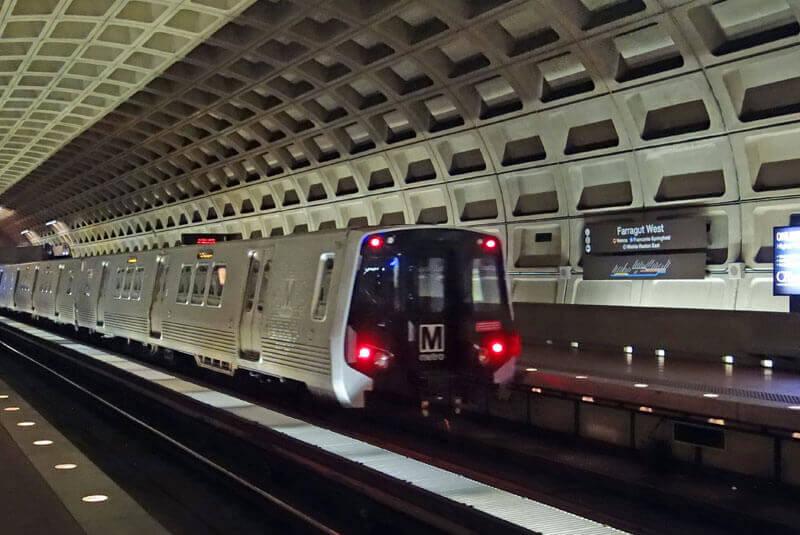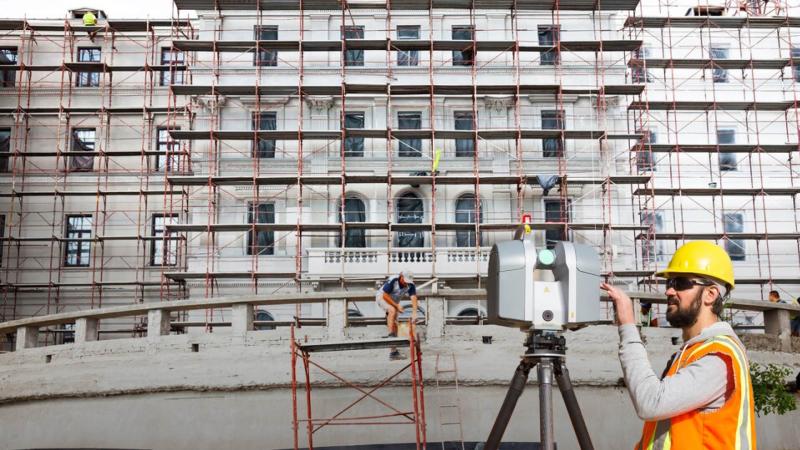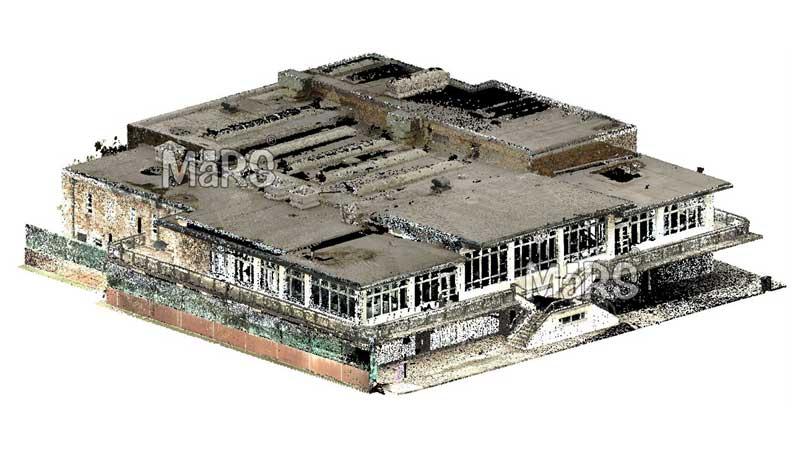Scan to BIM for Metro Stations: A Blueprint for Efficient Urban Transportat

In today’s rapidly growing urban environments, efficient public transportation systems are essential for managing congestion and ensuring mobility. Metro stations serve as critical nodes within these systems, connecting commuters to their destinations. However, the complexity of metro station design and operations presents numerous challenges. This is where Scan to BIM for metro stations emerges as a transformative solution, enabling cities to enhance their infrastructure management and improve the overall transit experience.
What is Scan to BIM?
Scan to BIM (Building Information Modeling) is a process that employs advanced 3D laser scanning technology to capture precise spatial data of existing structures. This data is then converted into detailed digital models that represent the as-built conditions of a building or facility. In the context of metro stations, Scan to BIM provides a comprehensive view of the station’s layout, systems, and components, making it an invaluable tool for urban planners, architects, and facility managers.
The Importance of Scan to BIM for Metro Stations
As urban populations continue to swell, the demand for efficient public transportation increases. Here’s how Scan to BIM for metro stations plays a vital role in enhancing urban transportation systems:
Accurate Documentation for Maintenance and Upgrades
Metro stations are often complex structures with intricate systems, including mechanical, electrical, and plumbing (MEP) components. Traditional documentation methods can lead to inaccuracies over time, resulting in difficulties during maintenance or upgrades. By using Scan to BIM, stakeholders can access accurate, up-to-date digital representations of the station, ensuring effective maintenance planning and execution. This accuracy is essential for avoiding costly downtime and disruptions.
Enhanced Design and Planning Capabilities
The design of metro stations must accommodate not only passenger flow but also various systems that work together seamlessly. With detailed 3D models created through Scan to BIM, architects, and engineers can better visualize the space and how different elements interact. This enhanced visualization facilitates more informed design decisions, reducing the risk of conflicts during construction and ultimately leading to a smoother workflow.
Streamlined Collaboration Among Stakeholders
Metro station projects typically involve multiple stakeholders, including city planners, engineers, contractors, and government agencies. Scan to BIM provides a centralized platform where all parties can access the same accurate data. This transparency fosters collaboration, improves communication, and reduces the likelihood of misinterpretations that can lead to costly errors.
Cost and Time Savings
Implementing Scan to BIM technology significantly reduces the need for manual surveys and measurements, which can be time-consuming and prone to human error. By providing accurate models from the outset, Scan to BIM helps project teams avoid rework and additional costs, keeping projects on schedule and within budget. For urban transit projects, where funding and timelines are often tight, these savings can make a substantial difference.
Sustainability and Energy Efficiency
As cities strive for more sustainable transportation solutions, Scan to BIM can contribute significantly. The detailed models allow facility managers to analyze the energy performance of metro stations, identifying areas for improvement and implementing energy-efficient measures. This focus on sustainability not only reduces operational costs but also aligns with broader environmental goals, making public transportation a greener option.
Compliance and Safety Assurance
Metro stations must comply with various regulations and safety standards. Scan to BIM provides a clear representation of the station’s structure and systems, making it easier to verify compliance with building codes and safety regulations. Additionally, accurate models facilitate effective emergency planning, ensuring that evacuation routes and safety measures are well-defined.
The Future of Metro Stations with Scan to BIM
As urban areas continue to evolve, the integration of Scan to BIM for metro stations will become increasingly important. This technology not only enhances operational efficiency but also supports the development of smarter, more sustainable cities. By leveraging the power of detailed digital models, stakeholders can make informed decisions that improve public transportation infrastructure.
How Scan to BIM Solutions Can Help
At Scan to BIM Solutions, we specialize in providing cutting-edge Scan to BIM services tailored specifically for metro station projects. Our team of experts is dedicated to creating accurate, detailed BIM models that streamline the planning, construction, and management processes.
Key Benefits of Partnering with Scan to BIM Solutions:
- High-Precision 3D Scanning: We utilize state-of-the-art scanning technology to capture every detail of your metro station, ensuring the highest levels of accuracy.
- Customized BIM Models: Our BIM models are designed to meet the unique requirements of your project, making collaboration easier and more effective.
- Experienced Professionals: With extensive experience in transportation infrastructure, our team understands the complexities of metro station projects.
- Focus on Sustainability: We prioritize energy efficiency and sustainable practices, helping you achieve your environmental goals.
Conclusion
Scan to BIM for metro stations represents a significant advancement in the management of urban transportation infrastructure. By providing accurate documentation, enhancing collaboration, and promoting sustainability, this technology is paving the way for more efficient and effective public transit systems.
With Scan to BIM Solutions as your partner, you can harness the full potential of Scan to BIM technology, ensuring that your metro station projects are not only successful but also set the standard for future urban transportation initiatives.





Comments